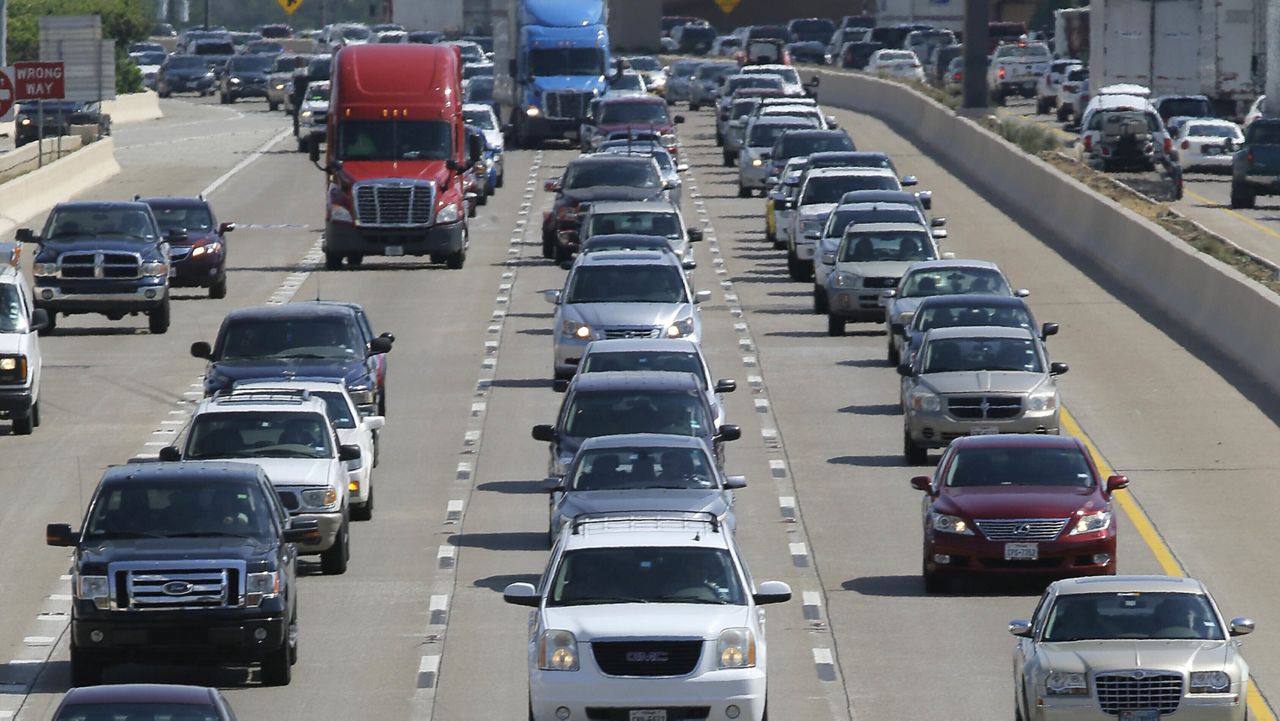TEXAS — Dallas is leading the state in pollution from transport. The Texas metro ranks third in the world for greenhouse gas emissions from transportation, according to the most recent data from Climate Trace, an online tool that uses AI and satellites to track greenhouse gas emissions. It was unveiled last year at the United Nations' Conference of the Parties.
The report found that Dallas produced a whopping 23.8 million tons of carbon dioxide in 2021. Houston produced approximately 20.3 million tons in the same year.
Dallas is the third most populated city in the state, and Houston is the fourth largest city in the U.S., so it's no surprise such populated cities rank highly when it comes to Co2 emissions.
A 2023 report from the Texas Department of Public Safety (TxDOT) shows that Dallas has 4,272,434 registered vehicles, and the area's lane miles total to about 11,456.
In 2022, the American Lung Association gave both Dallas County and Harris County an "F" for ozone pollution in their State of the Air report.
Taking a look at the rest of the world, Los Angeles and New York ranked first and second, respectively, in greenhouse gas emissions in the transportation sector. Both cities are also the two most populated cities in the U.S., with New York having 8.6 million inhabitants, and Los Angeles coming in at around 4 million.
It seems that population has somewhat of an influence on which cities have produced the most carbon dioxide emissions from transportation in 2021. But it's not an exact measurement, as New York produced less emissions compared to Los Angeles despite having a larger population. This is also the case when comparing Houston and Dallas.
The report also compiles emissions data from the following nine other sectors, including transportation:
- Agriculture
- Buildings
- Fluorinated gases
- Fossil fuel operations
- Forestry and land use
- Manufacturing
- Mineral extraction
- Power
- Transportation
- Waste
Continuing the trend of Texas leading the rankings, the Permian Basin in West Texas is ranked No. 2 on Climate Trace when it comes to fossil fuel operations. Considering the state leads the nation in crude oil and natural gas production, this is also unsurprising. The oil and gas field produced 70.9 million tons of carbon dioxide in 2021, just after an oil and gas field in Russia, which produced 81.8 million tons.



